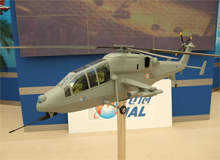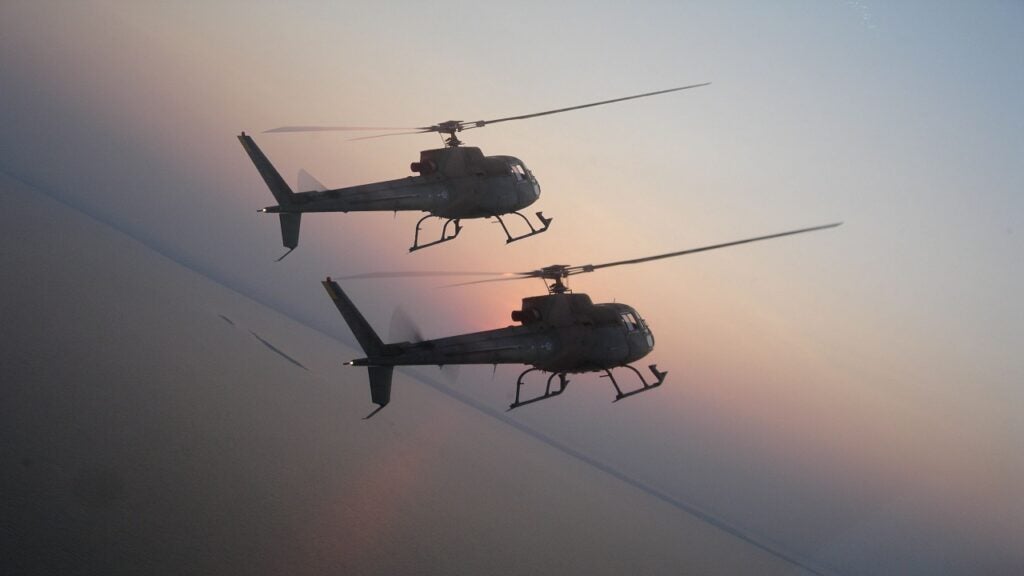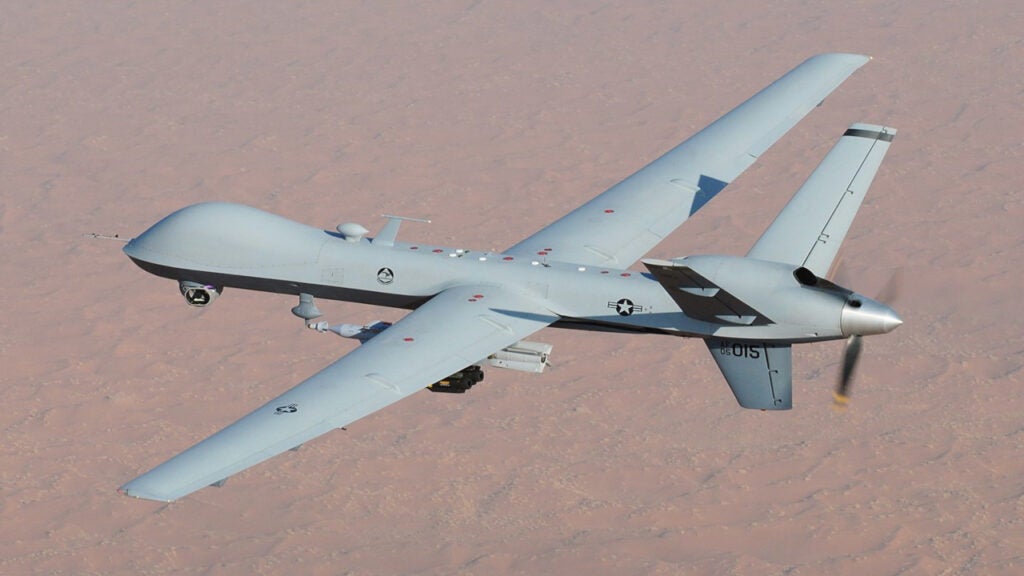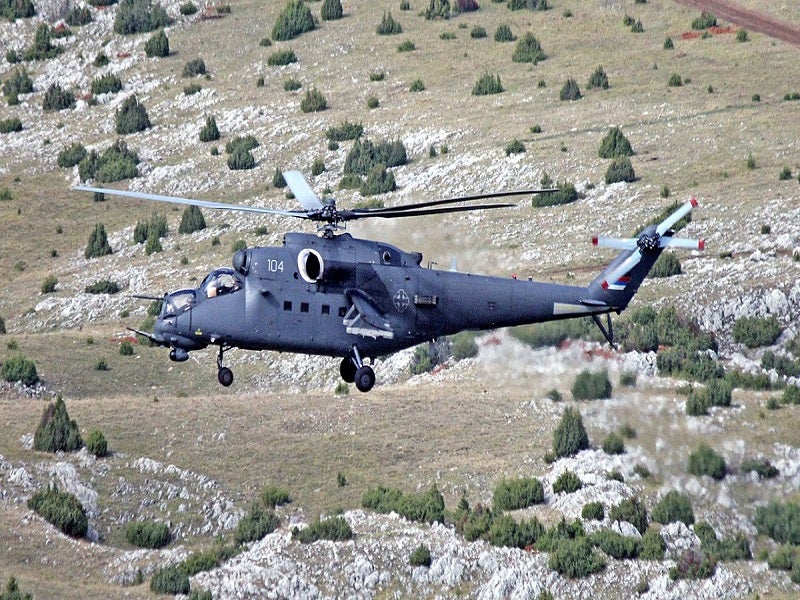

The light combat helicopter (LCH) was designed and built by Hindustan Aeronautical Limited (HAL). It is an attack helicopter derived from the existing Dhruv helicopter.
The LCH can be deployed in various roles, including tracking slow-moving aerial targets, insurgency, destroying enemy defences, search and rescue, anti-tank and scouting. A datalink system transmits mission data to mobile platforms and ground stations operating within the network.
The LCH was developed to meet the requirements of the Indian Air Force and the Indian Army, who have ordered 62 and 114 units respectively. Its maiden flight took place in Bangalore in March 2010.
The Indian Air Force will procure 64 LCHs as part of a $4bn contract signed with Hindustan Aeronautics in March 2011. The helicopters will be armed with Helina missile with an extended range of 7km, a missile warning system and anti-missile countermeasures. Deliveries are scheduled to take place between 2013 and 2014.
HAL light combat helicopter design
The LCH is effective as both an anti-infantry and anti-armour helicopter. Main and tail rotor diameters are 13.3m and 2.05m respectively. The two-seater craft also has a tricycle crashworthy wheel landing gear and stealth capabilities. The flight controls and hydraulics of Dhruv have been redesigned for the LCH.
HAL LCH helicopter development
HAL unveiled its plan to build the LCH in 2006, and it was approved by the Indian Government in the same year. Development is expected to cost INR3.76bn.
The prototype LCH helicopter was showcased at the Aero India Show in 2007. It successfully completed a flight test in March 2010, which included low-speed and low-altitude runs. The Indian Air Force is expected to put the LCH into service in 2012 or 2013.
Two more prototypes are under construction. The second demonstrator will be fitted with weapon systems before its flight test, while the third will be supplied to Indian Air Force for user trials.
Armaments
The helicopter is equipped with electronic warfare systems and advanced weapons systems, including a chin-mounted, twin-barrel M621 20mm cannon on a Nexter THL-20 turret, 70mm rockets, MBDA air-to-air, air-to-surface and anti-radiation missiles, and Helina anti-tank guided missiles. Explosive ordnance includes iron bombs, cluster bombs and grenade launchers.
Cockpit
The LCH has a glass cockpit accommodating two crew, who sit one behind the other. The cockpit is equipped with multifunction displays, target acquisition and designation systems, and a digital video recorder to capture footage of the battlefield for use in debriefing. A helmet-mounted target system controls the turret guns mounted on the helicopter’s fuselage.
Sensors and countermeasures
The LCH is also equipped with state-of-the-art sensor suite. It includes a charge-coupled device camera, a forward-looking infra-red camera and a laser designator. The two cameras capture the location and position of enemies, ensuring clear visibility during bad weather conditions. The laser range-finder and designator aim laser-guided bombs and missiles towards the target.
The helicopter is also fitted with radar and laser warning receivers, a missile approach warning system, countermeasure dispensing systems and a missile jammer.
Engines
The helicopter is powered by two HAL/Turbomeca Shakti turboshaft engines, each of which can generate up to 871kW and can run for up to 3,000 hours without maintenance. Each engine weighs 205kg and has an output speed of 21,000rpm.
The engine received European Aviation Safety Agency certification in 2007. It features a Full Authority Digital Electronic Control system, which decreases the work of the pilot by automatically counting engine cycles.
Performance
The LCH has a cruise speed of 260km/h and a max speed of 275km/h. Its never-exceed speed is 330km/h. It can climb at a rate of 12m/s, and hits its maximum and altitude and service ceiling at 2,743m and 6,500m respectively. The helicopter has a ferry range of 700km.



